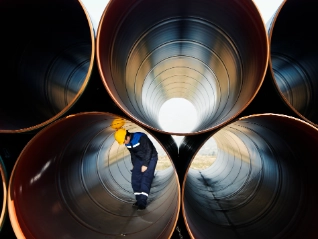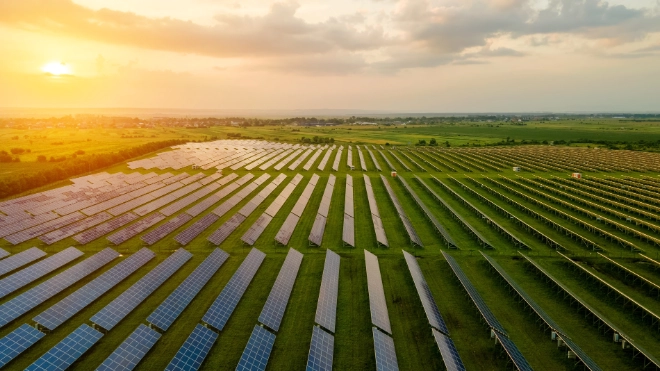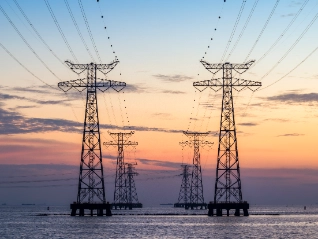Atradius Atrium
Get direct access to your policy information, credit limit application tools and insights.
 China offices
China offices














Load more
Viewing 7 out of 144







Load more
Viewing 7 out of 25







Load more
Viewing 7 out of 12














Load more
Viewing 7 out of 9
Case study
